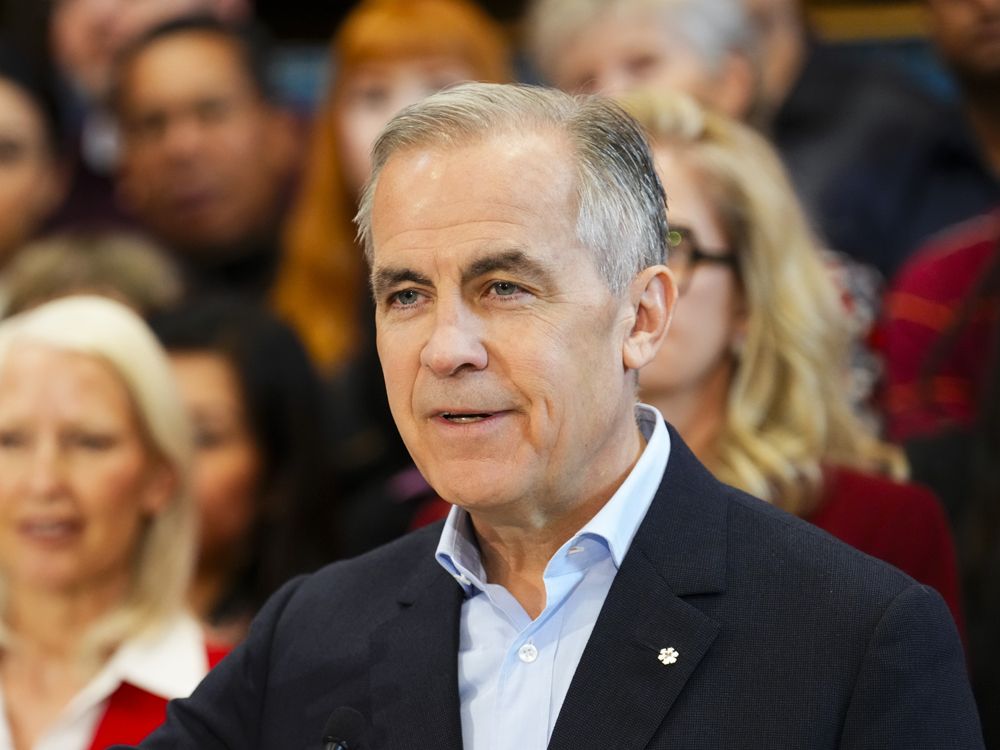Early estimate of rebound in final quarter signals possibility of a soft landing

Article content
The Canadian economy is on track to avoid back-to-back quarterly contractions, with early data pointing to a slight rebound in the last three months of the year, suggesting a possibility of a soft landing.
Preliminary data suggest gross domestic product expanded 0.1 per cent in November, as increases in the manufacturing and agriculture sectors were partially offset by decreases in retail trade, Statistics Canada reported Friday in Ottawa.
Advertisement 2
Article content
Article content
That followed a flat reading in the previous month, missing expectations for a 0.2 per cent increase in a Bloomberg survey of economists. October is the third straight month where output was essentially unchanged.
The economy is now on track to expand at a 0.5 per cent annualized rate in the fourth quarter, if December output is flat. That’s faster than the 0.2 per cent consensus estimate in a Bloomberg survey, but still weaker than the Bank of Canada’s forecast of 0.8 per cent. The economy unexpectedly shrank 1.1 per cent in the third quarter.
While the economy rebounded in November and could help Canada avoid two straight quarters of declines, the data suggest already stalling growth as high interest rates weigh on businesses and households. Clearer signs of a slowing economy will allow the Bank of Canada to hold borrowing costs at 5 per cent while it waits for softer demand to cool price gains.
This is the only output data before the Bank of Canada’s next rate decision on Jan. 24. The majority of forecasters in a Bloomberg survey expect the central bank to keep the overnight rate unchanged, at 5 per cent, for the fourth straight meeting. Markets and economists see the central bank easing monetary policy by mid-2024.
Article content
Advertisement 3
Article content
Governor Tiff Macklem has said excess demand is gone and the economy is expected to remain weak for the next few quarters. But he maintains that it’s still too early to think about rate cuts, and that policymakers still need to see clear evidence inflation is firmly on a path toward the 2 per cent target before they consider easing.
Last month, the rate of inflation unexpectedly remained stuck at 3.1 per cent from a year ago, giving policymakers no reason to talk about cuts or bring rates down any time soon. Macklem and his officials are counting on a weaker economy to help ease the pace of price gains in the coming months.
In October, the manufacturing sector decreased for the fourth time in five months, contracting 0.6 per cent, while wholesale trade fell 0.7 per cent, down for the second straight month.
Activity at the offices of real estate agents and brokers dropped 6.8 per cent, the fourth consecutive monthly decline and the largest decrease since April 2022, as a majority of Canada’s largest housing markets continued to cool off.
The transportation and warehousing sector declined 0.2 per cent due to the impact from the St. Lawrence Seaway strike in Ontario and Quebec.
Advertisement 4
Article content
Mining, quarrying and oil and gas extraction increased 1 per cent, and retail trade grew 1.2 per cent, its largest growth rate since January. But November’s preliminary data for retail suggest the strength won’t last.
In separate releases, the statistics agency said advance results indicate wholesale sales rose 0.8 per cent and factory sales expanded 1.2 per cent In November.
The increase in wholesale trade reflects higher sales in the motor vehicle and parts and the building material subsectors, while the manufacturing growth was led by the chemical product, transportation equipment and primary metal subsectors.
With assistance from Erik Hertzberg.
Bloomberg.com
Article content
Canada’s economy flatlines, but soft landing still possible
2023-12-22 14:00:41




